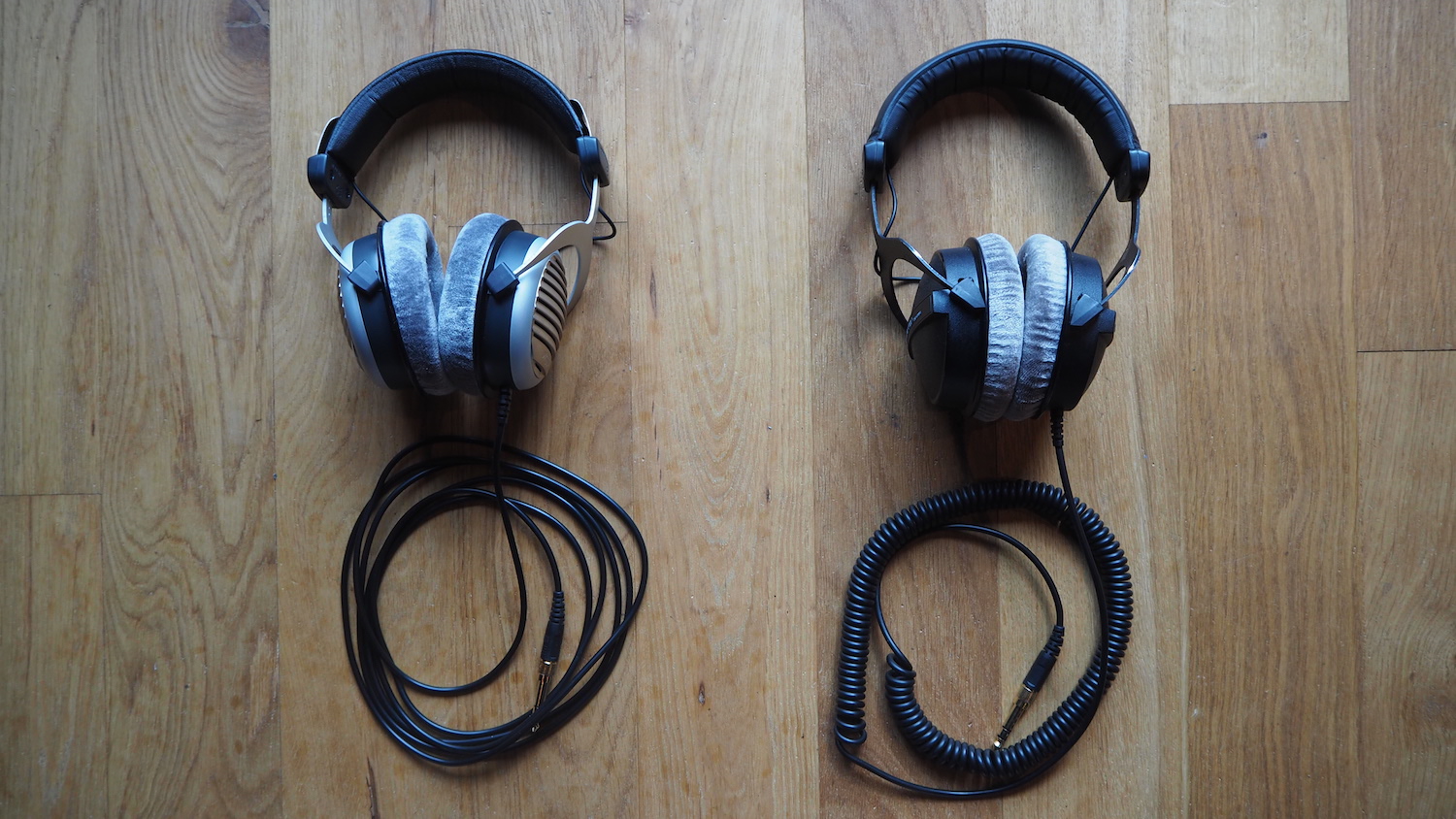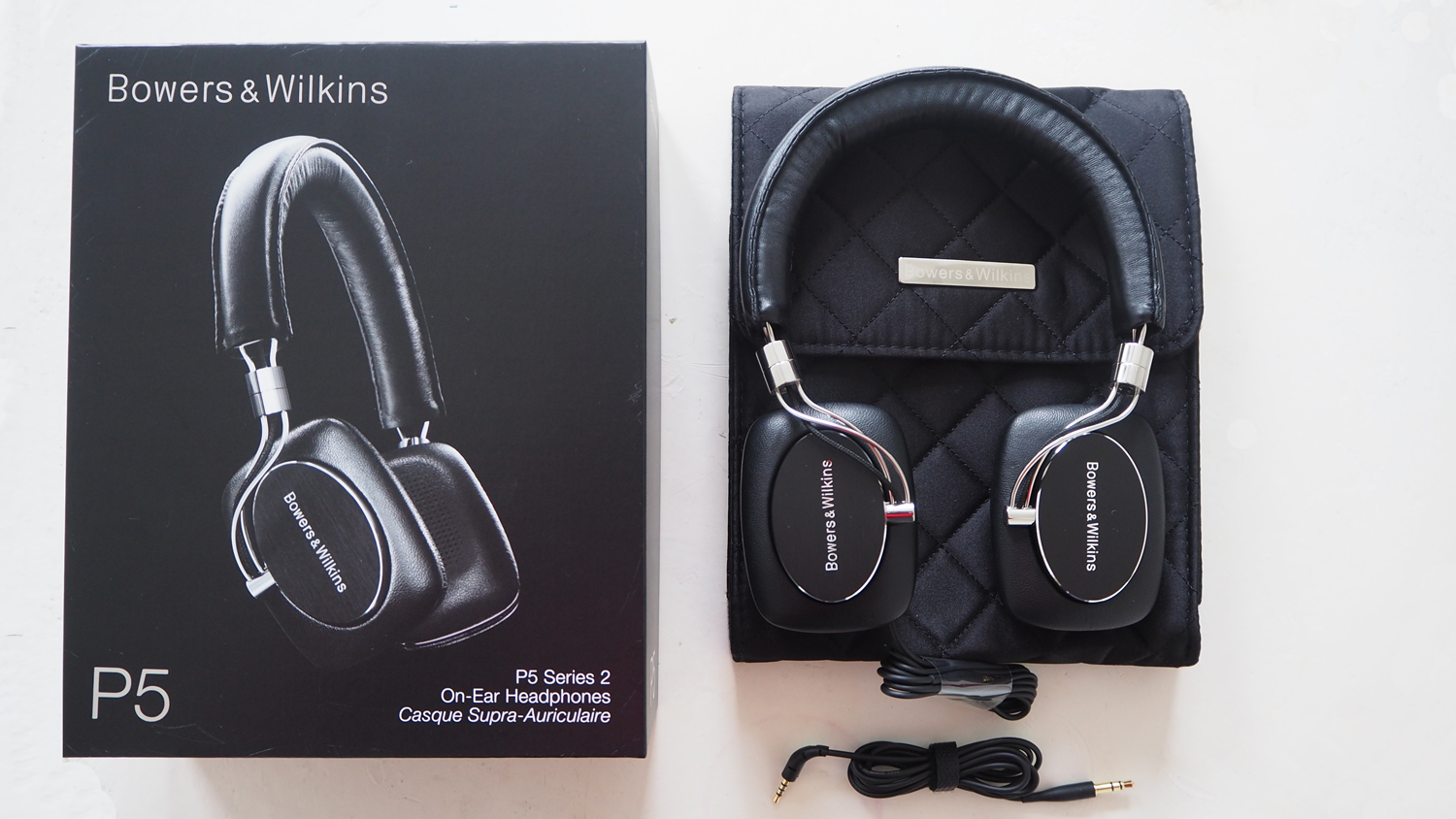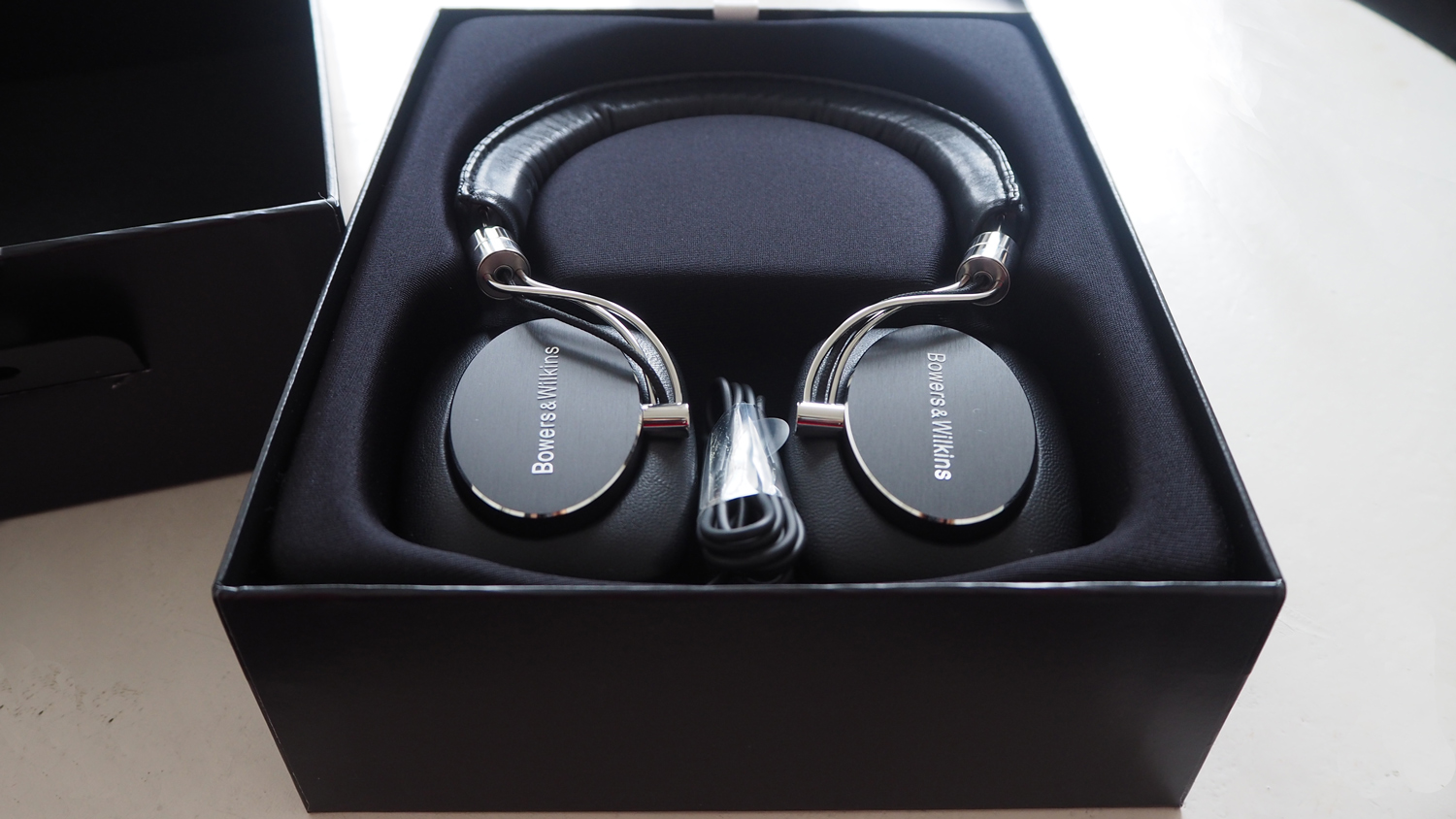
REVIEW: nuraphone headphone + best alternatives
I recently checked out the Nura nuraphone headphone, which is the first in the world to adapt to each individual’s hearing. My conclusion: do NOT buy nuraphone. In this blog post I will tell you my disappointing experience with nuraphone and list the best alternatives in the same price range.
I recently checked out the Nura nuraphone headphone, which is the first in the world to adapt to an individual’s hearing. My conclusion: do NOT buy nuraphone. It’s HYPE. It’s not worth it. In this blog post I will tell you my disappointing experience with nuraphone and list the best noise-cancelling wireless headphone alternatives in the same price range.
Buy Nura nuraphone €399 EUR
https://thmn.to/thoprod/453651?offid=1&affid=1766
Buy Bowers & Wilkins PX Space Grey €399 EUR
https://www.thomann.de/intl/bowers_wilkins_px_space_grey.htm
Bowers & Wilkins PX Soft Gold €399 EUR
https://www.thomann.de/intl/bowers_wilkins_px_soft_gold.htm
Buy Sony WH-1000XM3 Black €369 EUR
https://www.thomann.de/intl/sony_wh_1000xm3_black.htm
I first discovered The Nura nuraphone from an Instagram sponsored ad. I was curious so I went to their website. By chance, I saw a friend’s Instagram photo and a positive review, so I messaged that friend about her experience. She said she’d discovered them and backed the fellow Melburnians on Kickstarter. She said she was really happy with the headphones and both her and her husband had a pair, each with their own profile. She tried his profile, but liked hers better.
Fast forward a few months later, and I was in Melbourne. I saw some outdoor advertising and one day, I bumped into the Nura pop-up store in a shopping mall. Very curious, I went to see if the nuraphone was really revolutionary.
Design: First impressions of the design were good. It had a sleek minimal black design which doesn’t really stand out, but headphones don’t need to, so it’s a personal taste. I liked the idea of the ear buds with additional ear cups. This is something I haven’t seen before and they are really comfortable.
Build: The build is quite ok. It’s not flimsy cheap plastic and has a good weight to them.
Sound Profile: Then I was asked to make my profile with the app on a phone. I put the headphones on and the calibration began. Noises from all frequencies bounced around my ears and it took a while for it to finish. Then, voila! There was my profile. Represented in beautiful colours.
Then I was asked to listen to the reference song without my profile, and then with. This is where my biggest concern is. The reference without the profile was suspiciously very bad, in many ways. And then, comparing to when your profile is on, is of course a huge difference, and has the “wow effect”, but I think the non-calibrated setting should be already a fantastic listening experience and the profile tweaks to perfection. This way, you know they’ve done it on purpose for the untrained ear to be impressed by their profiling. My profile had a lot of excitement. A very boosted high end which I didn’t like (very sharp/brittle), clear mids and pumpy bass. It’s obvious that the sound is supposed to excite, but for me I prefer something more honest or pure, otherwise my ears get tired pretty quickly). And honest doesn’t mean dull. One thing I started thinking about: since they can manipulate my profile, why can’t I? And if I can, what’s the point of the revolutionary ear adaptation?
I recently bought the Sonarworks Reference 4 which let’s you listen to tracks without colouration through picking your headphones from the list and the plugin neutralises the boosts and troughs. Once I used it on my Beyerdynamic DT 990 Edition headphones I was so happy with the result. A good quality headphone without colouration gives such an amazing listening experience. Call me a boring music producer who has to listen to everything “as is”, but this is how it should be. As honest and clear as possible. There’s no room for listening fatigue then. (Does this mean I am an audiophile?")
Summary: I believe the nuraphone headphones have some really great features, such as design and the noise cancelling is really good, but for audiophiles (or noobs who need advice) wanting the highest quality listening experience for that price, you can better buy headphones from another brand.
Alternatives of noise-cancelling wireless headphones in the same price bracket (€350 - €400):
Bowers & Wilkins PX is my best recommendation for high detailed quality, awesome stereo and spacial depth for the same price as the nuraphone. Comes in Space Grey or Soft Gold. NOTE: however, the ear cups feel a bit funny because of their shape, so it’s definitely not for everyone.
Sony WH-1000XM3 is my second tip in case you don’t like the B&W. It seems to be very popular choice.
Bose QuietComfort 35II is a third option, however I didn’t really like it. It has a boosted bass and I just didn’t like the sound.
Buy Nura nuraphone €399 EUR
https://thmn.to/thoprod/453651?offid=1&affid=1766
Buy Bowers & Wilkins PX Space Grey €399 EUR
https://www.thomann.de/intl/bowers_wilkins_px_space_grey.htm
Bowers & Wilkins PX Soft Gold €399 EUR
https://www.thomann.de/intl/bowers_wilkins_px_soft_gold.htm
Buy Sony WH-1000XM3 Black €369 EUR
https://www.thomann.de/intl/sony_wh_1000xm3_black.htm
—
If you’ve reached this far down of my blog post, please take a few seconds to:
Subscribe to my YouTube
Follow my Instagram
Like my Facebook
REVIEW: Beyerdynamic DT 770 vs. DT 990 headphones
Are you looking for a good quality headphone for recording, mixing and mastering at a good price? Maybe you’ve heard about Beyerdynamic DT series and don’t understand the differences. So I’m going to compare the Beyerdynamic DT 770 Pro 250 Ohm (closed) and DT 990 Edition 250 Ohm (open) and tell you which one I use for which purpose.
Are you looking for a good quality headphone for recording, mixing and mastering at a good price? Maybe you’ve heard about Beyerdynamic DT series and don’t understand the differences. So I’m going to compare the Beyerdynamic DT 770 Pro 250 Ohm (closed) and DT 990 Edition 250 Ohm (open) and tell you which one I use for which purpose.
Buy the DT 770 Pro 250 Ohm: https://redir.love/vUOBW8oN
Buy the DT 990 Edition 250 Ohm: https://redir.love/qM1im3YD (not available anymore on Thomann but take a look at other products)
[Before I start, I’d like to say why I am reviewing the DT 990 Edition and not the DT 990 Pro. The DT 990 Edition was released as a “home” listening headphone for high-end audio speakers, however, on their website, they say that both DT 990 headphones use exactly the same technology inside, so the only difference is aesthetically (1. the straight vs. coiled cable, 2. softer headband on Edition, and 3. colour). I preferred the straight cable so it was a no brainer.]
Now, back to the comparison of 770 and 990. First I’d like to point out the similarities:
SIMILARITIES BETWEEN DT 770 250 Ohm and DT 990 250 Ohm
Comfort. Both headphones are incredibly comfortable to wear over the ears. Spongy ear cups and the headband is not too tight.
Soundwise, both are very clear and crisp in sound. The bass is not exaggerated like in some other headphones, so for listening and mixing pleasure, it’s rather suitable for acoustic music, and not music where the bass is key e.g. electronic music/hip hop. Frequency-wise, they both sound pretty similar to me.
Price. For the quality of the headphones, the price is very good. Good quality headphones can go up to 1000s of Euros along with headphone amps and other high-end stuff, but these are both studio-grade headphones and the DT 770 Pro is a standard in good recording studios for tracking (we use them at Abbey Road Institute (Amsterdam) and Red Bull Studios Amsterdam).
DIFFERENCES BETWEEN DT 770 250 Ohm and DT 990 250 Ohm
The biggest difference is that DT 990 has an open back and DT 770 has a closed back. This means that DT 990 is better for mixing and mastering, while DT 770 is better for recording. This is because the close-back of the DT 770 reduces the spill of the headphone into the microphone. The DT 990 is less tiring while using for long periods. It has an open back and you can listen for hours, for listening or for mixing and mastering. However, because the DT 990 is open, it means that you can hear external noise very easily and they can hear you. So if someone next to you is watching something on their phone on speaker, it can be very hard for both parties (but mostly more annoying for you). The DT 770 protects you more from outside noise. It is not noise-cancelling, but it does a good job.
If open and close back is not your concern, the most obvious difference to me in the sound is the spatial difference. The stereo image in the DT 990 is incredibly accurate from left to right, front to back, and you can really hear where each instrument or sound is placed.
The straight vs. curly cable. The DT 990 Edition comes with a straight cable, so it doesn’t have the weight to bounce around if you are on the move, or not sitting at a table.
(I won't go into technical specs, as you can compare on the Beyerdynamic website).
OVERALL COMMENTS (and concerns)
My biggest concern is that frequency-wise, it is not at all flat, but it is good to know where the peaks and troughs are so you keep it in mind while mixing. The treble boost is really noticeable and oftentimes, the bass is nowhere to be heard. To combat this issue, I can recommend a plugin called Reference 4 by Sonarworks, that gives you a more flat response and removes the unwanted colouration from headphones. You insert it as the last plugin on your DAW and choose your headphones from the list. It is not a free plugin, but it’s definitely worth it, if you are mixing with only one reference (for example, if you don’t have different pairs of headphones and speakers to compare your mixes)
Both headphones are 250 Ohm, which are suitable for high-end audio gear. However, I’ve had quite a lot of trouble using these headphones while on the road, connected to my phone or laptop, as I could never quite get enough volume, especially on public transport. (For on the road headphones, check out my review on Bowers & Wilkins P5)
You cannot remove the cable, therefore you cannot exchange the curly one with the straight one and vice versa. (That’s why I went with the Edition, as the curly cable bounces around and pulls on the headphone which I don’t like).


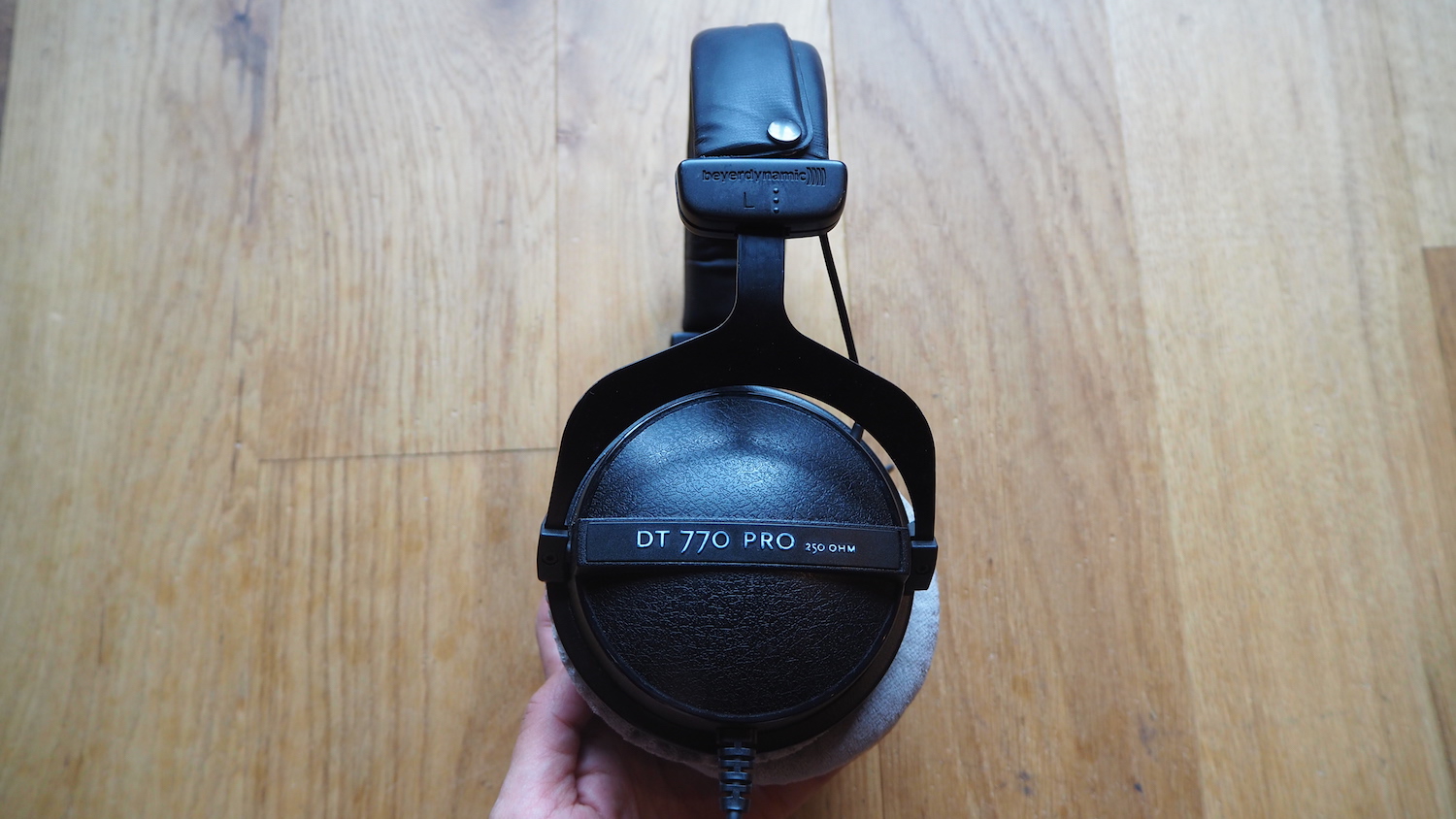

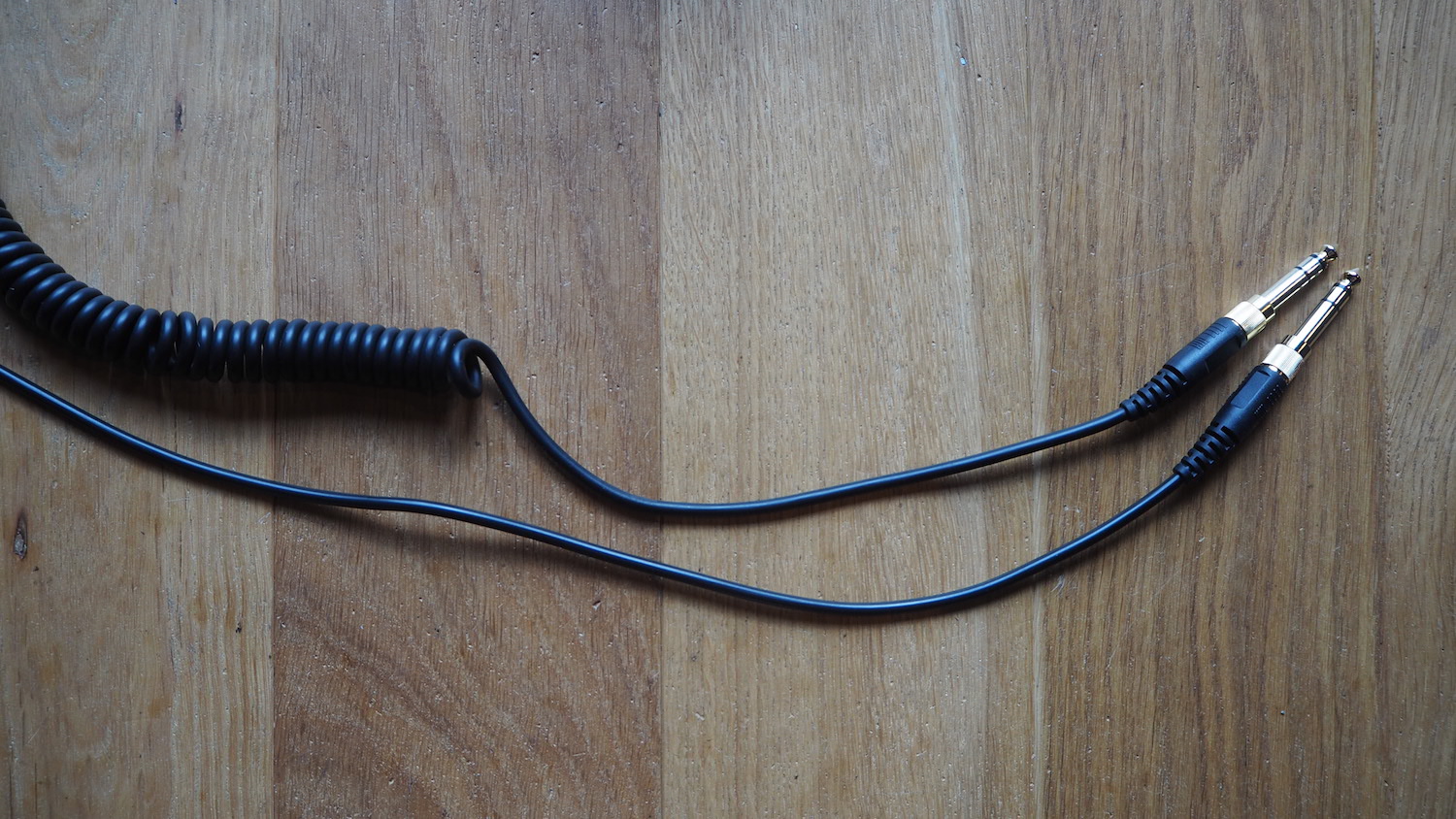
At Bax-shop (a Dutch retailer), the DT 770 250 Ohm are selling for €116, DT 990 Edition for €159 (and DT 990 Pro 250 Ohm €122).
At Thomann (a German retailer who sells worldwide), the DT 770 250 Ohm are selling for €122, DT 990 Edition for €159 (and DT 990 Pro 250 Ohm €122).
Buy the DT 770 Pro 250 Ohm: https://redir.love/vUOBW8oN
Buy the DT 990 Edition 250 Ohm: https://redir.love/qM1im3YD (not available anymore on Thomann but take a look at other products)
If price isn’t an issue and you’re currently comparing some other brands, for open-back, I can recommend Sennheiser HD650 (open) which are €354, more than twice the price of the DT 990 Edition, and are also very honest sounding and pleasurable to work with. For me, the DT 990 had a slightly more detailed sound and better spatial accuracy, which was more important to me than the frequency spectrum. (Sonarworks has a deal for €699 where you can buy the full software for headphones and speakers + the Sennheiser HD650. They also have a student/academic/educational discount so it is worth checking out). Some people might recommend headphones by AKG, but I’ve tried headphones from AKG and I don’t like the way they feel on my head. They feel less rugged and make a lot of noise when moving around on your ears.
Let me know in the comments if you have any other tips, or feedback on the above!
Click here to see the Beyerdynamic headphone range
—
If you’ve reached this far down of my blog post, please take a few seconds to:
Subscribe to my YouTube
Follow my Instagram
Like my Facebook
REVIEW: Bowers and Wilkins P5 Series 2 on-ear headphones
Sadly, my last pair of on-ear headphones Marshall Major White were falling apart (the ear muff was breaking at the seam and falling off), which was (and is) the only reason why I decided to buy a new headphones. I've been through a bunch of Sennheisers, then a pair of WESC, then more recently the Marshall, which lasted me a good 3 years, and I even used these for recording and also mixing.
I generally wanted to escape from the hype (because hype doesn't mean quality), so I wasn't leaning towards Dr. Dre's Beats or Bose (I actually returned the noise-cancelling over-ear headphones because I didn't like the sound). One day randomly while at MediaMarkt, I went over to the headphones section and grabbed a pair of Bowers and Wilkins because they looked so sleek. As I put them on, my ears melted from the comfort. This alone was enough for me to buy these and give them a try. The price point was a little high for simple 'on-ear headphones' for daily commuting use, but I gave myself permission to indulge a little this time (since I got the Marshalls for only 50 euros during a black Friday sale). I also saw my friend's boyfriend had the same headphones so having at least one person in my 'trusty' good-taste network with these headphones it was enough for me to go ahead.
My first impressions on the sound was not as great as the first look and feel impression, but that changed when I discovered that on my phone that the default Music Quality Streaming settings on Spotify was not set to Extreme (320 kbits/s), therefore setting it to Automatic (Recommended) means that it could be low quality depending on what Spotify decides to choose for you. I had previously chosen this in the settings but after I reset my phone and downloaded the Spotify app again I forgot to check.
After a bit of time I think I will get used to the sound, and I think it comes down to what you've been using before. When I compare the Marshall and Bowers and Wilkins I can hear the quality and richness of B&W is much higher, but somehow I was still used to the Marshall sound, because it masks all of the 'bad' frequencies so you hear a more muffled and comfortable sound where nothing sticks out.
A handy addition to the headphones is the choice of using the headphones with the extra mobile phone buttons or without. For recording music with a mobile phone, I prefer to use the cord without so it doesn't record with the headphones, and not a lot of casual listening headphones have this option, which is annoying to me. It is easy to take the headphone off and switch the cable.
Overall, an amazingly sleek, good-looking, comfortable and high-end on-ear headphones. High-end also means high price-point too.
149,- EUR at MediaMarkt
Check out the official Bowers Wilkins website for more information:
http://www.bowers-wilkins.eu/Headphones/Wired-Headphones/Wired-Headphones/P5-Series-2.html
—
If you’ve reached this far down of my blog post, please take a few seconds to:
Subscribe to my YouTube
Follow my Instagram
Like my Facebook
REVIEW: Marshall Major White Headphones
3 years ago I decided for a pair of WESC headphones over URBANEARS because I've only ever had Sennheiser technology headphones. Times have changed. And now I just got a new pair of Marshall Headphones that are made from the makers of URBANEARS. Well, at least they're still Swedish. They are called Zound Industries and if you're looking for something even more stylish, where headphones meet fashion, check out Molami.
I must admit, not only do the Marshalls look amazing (especially with the gold connectors), they also feel super comfy over the ears (while semi noise-cancelling). Most importantly, the sound quality is also so good that I've been using these while recording. I got the MAJOR WHITE on sale for €50 (usually €100) during their Black Friday sale.
I think my (loan) cat Issy likes them too.




